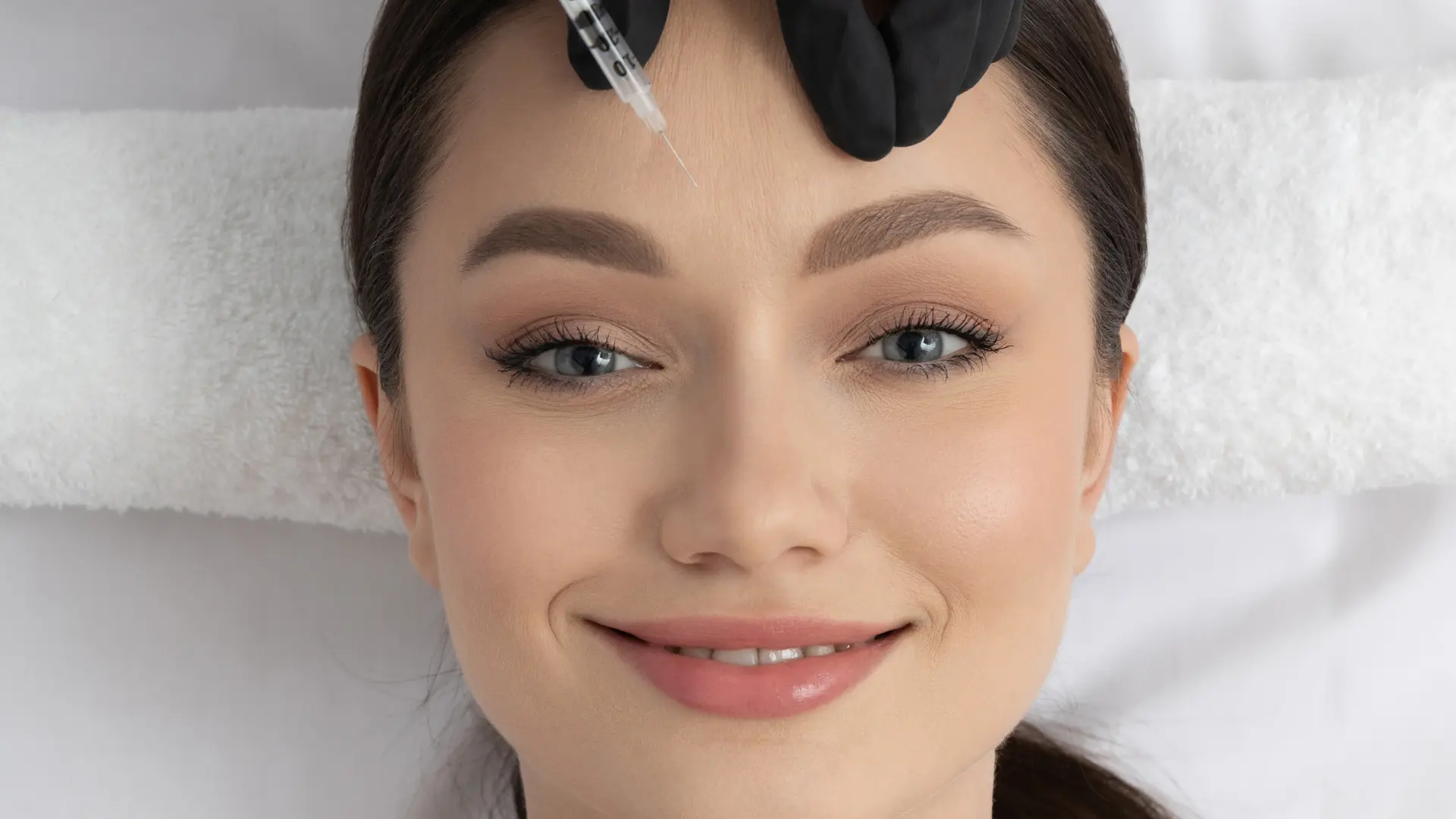Did you know that neuromodulator injection procedures increased by 73% from 2019 to 2022? This surge has made them the most frequently performed minimally invasive treatment in 2022. This statistic highlights the growing interest among individuals in addressing facial aging concerns through non-surgical options.
Neuromodulator injections involve the intramuscular administration of a solution to relax muscles and prevent contractions. For patients seeking a non-surgical intervention for frown lines or signs of aging, Xeomin and Botox offer effective solutions. These treatments help manage aging signs and restore a smoother, more youthful appearance.
This article will compare Xeomin vs Botox, its compositions, mechanisms of action, clinical efficacy, approved indications, and practical considerations.
Key Takeaways
- When comparing Xeomin vs Botox, medical professionals and individuals can trust their proven safety and efficacy, as they have received the US Food and Drug Administration approval.
- Xeomin boasts its purified botulinum toxin type A, while Botox uses botulinum toxin type A with additional proteins.
- Regarding patient satisfaction and reviews, both Xeomin and Botox have received an average rating of 96% on RealSelf.
- These two injectables are prescription medicines that can help address various medical conditions, such as muscle spasticity.
- Xeomin and Botox effects can last three to six months, varying depending on dosage, treatment area, and individual characteristics.
About: Medica Depot is your trusted all-in-one supplier, offering a range of high-quality medical injectables and supplies. If you’re looking to buy Xeomin online, our dedicated sales agents can give you proper guidance. We offer a worry-free experience in searching for the best and most popular products on the market. Whether for health professionals, plastic surgeons, dermatologists, licensed estheticians, or other specialists, we can offer genuine, brand-name products you may need. With Medica Depot, we prioritize serving you better to improve the patient’s quality of life.
Introduction to Xeomin and Botox
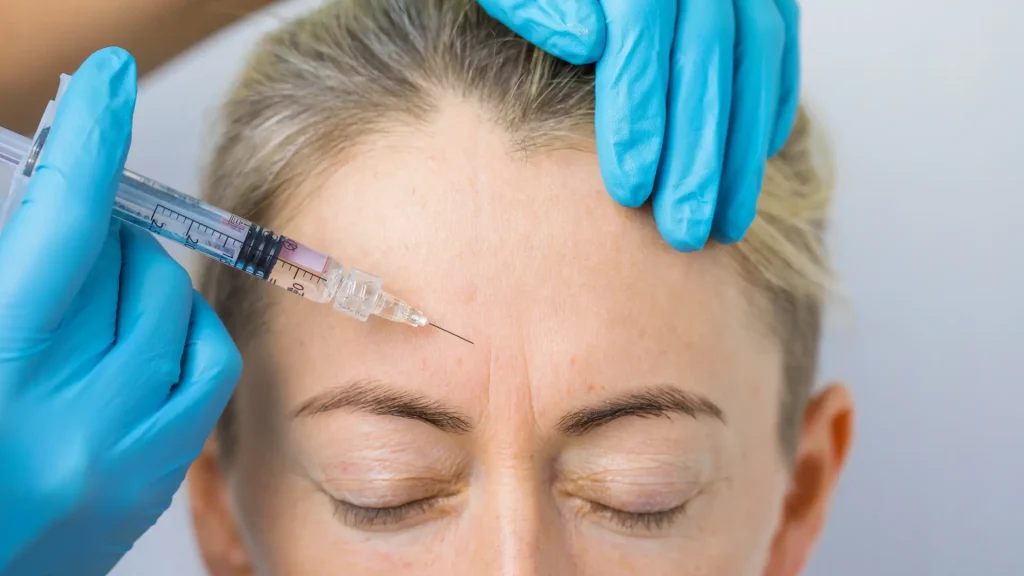
Individuals may seek minimally invasive treatments for their medical and aesthetic concerns. Among many options, Xeomin and Botox injectables utilized botulinum toxin type A for their formulations to deliver the desired outcomes for individuals’ problems.
When comparing Xeomin vs Botox, medical professionals and individuals can trust their proven safety and efficacy, as they have received the US Food and Drug Administration approval. This approval highlights that Xeomin and Botox have undergone rigorous clinical trials and evaluation of their adherence to the appropriate protocols that the agency strictly employs before approving these medical devices.
Composition and Mechanism of Action
Individuals must understand the difference in the composition of Xeomin and Botox in determining which botulinum toxin type A injectable to use for their aesthetic or medical concerns. Xeomin boasts its purified botulinum toxin type A, free from complex proteins. Due to this pure formulation, Xeomin reduces the risk of antibody formation, possibly enhancing its efficacy for an extended time.
Meanwhile, Botox uses botulinum toxin type A with additional proteins. These accessory proteins emphasize that Botox has additives that stabilize the toxin molecule, which may increase the likelihood of antibody development. The primary difference between the two injectables is the composition of Xeomin and Botox.
However, both these injections work similarly. Xeomin and Botox block the release of acetylcholine, preventing muscle contractions and leading to temporary muscle relaxation. While Xeomin’s purified formulation leads to a longer duration of effects, the presence of Botox’s proteins influences the stability and immune response.
Clinical Efficacy and Patient Reviews
According to clinical results from Xeomin, the injectable effectively addressed glabellar lines compared to placebo. It showed that Xeomin was significantly superior to placebo in temporarily enhancing the appearance of moderate to severe glabellar lines, with 77% compared to placebo’s 65%.
Furthermore, a clinical trial also showed that Xeomin has comparable efficacy and duration to Botox in enhancing glabellar lines of at least moderate severity at maximum frown. While most physicians rated Botox as more efficient, many patients were left most satisfied with their Xeomin treatments.
A randomized controlled trial by Jankovic (2009) highlights that Xeomin is an effective treatment for blepharospasm. It showed no significant differences from Botox regarding potency, duration of effect, or adverse reaction profile. It’s worth noting that these injectables have US FDA approval, highlighting their safety and effectiveness in cosmetic and therapeutic concerns.
Regarding patient satisfaction and reviews, both Xeomin and Botox have received an average rating of 96% on RealSelf. These injectables have satisfied many individuals with their natural-looking results and effective treatment outcomes. Here are several reviews from patients on their Xeomin and Botox treatments.
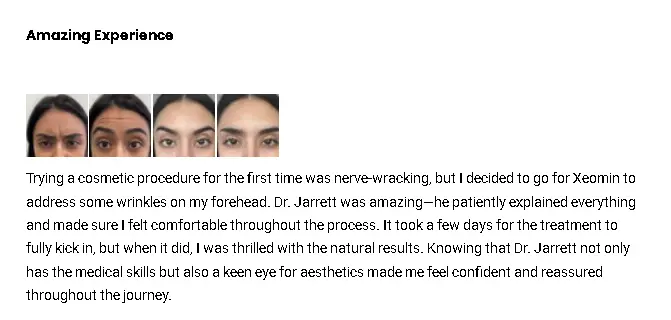
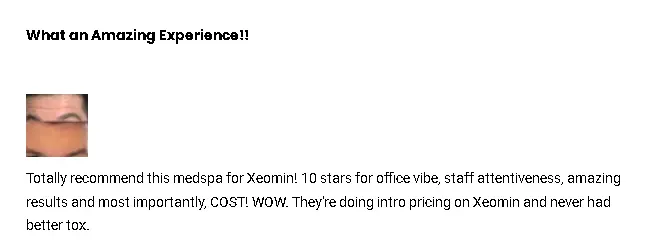
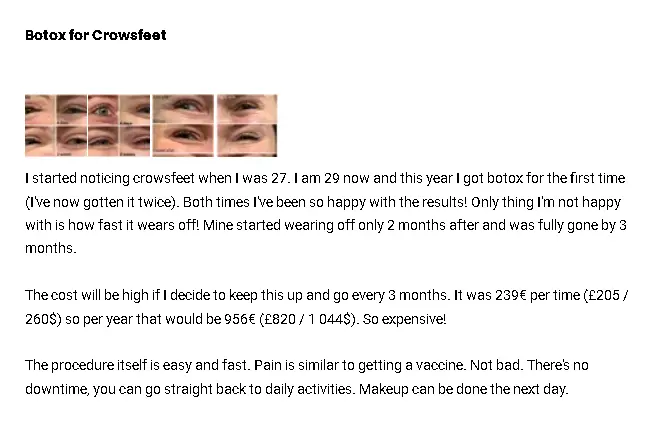
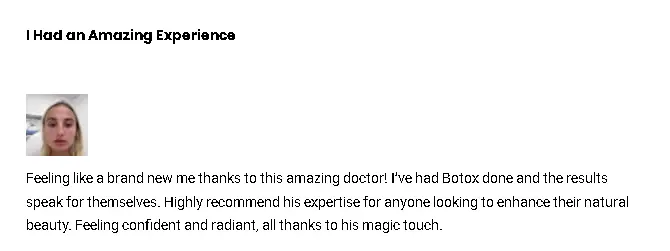
Individuals must understand that results may vary from one person to another. This highlights the importance of seeking medical professionals to maximize Xeomin and Botox’s benefits while ensuring patient safety and suitability.
Common Uses
Medical professionals utilize these injectables to address aging signs in the facial region. It’s worth noting that Xeomin and Botox provide safety and efficacy in their approved US FDA uses in the following treatment areas and skin concerns:
- Xeomin: Upper facial lines, such as glabellar lines, horizontal forehead lines, and lateral canthal lines.
- Botox: Moderate to severe forehead lines, crow’s feet lines, and frown lines between the eyebrows in adults.
These two injectables are prescription medicines that can help address various medical conditions. Individuals must seek the guidance and expertise of medical professionals to determine their suitability for Xeomin and Botox injectables.
- Xeomin: Chronic sialorrhea in patients two years of age and older, upper limb spasticity in adults, upper limb spasticity in pediatric patients 2 to 17 years of age, cervical dystonia in adults, and blepharospasm in adults
- Botox: Chronic migraine, adult and pediatric spasticity, cervical dystonia, overactive bladder, overactive bladder, pediatric overactive bladder due to a neurologic condition, blepharospasm, strabismus, severe primary axillary hyperhidrosis
Comparison of Side Effects, Onset of Action, Duration, and Cost
Medical professionals must discuss that Botox and Xeomin side effects may occur after their treatments. These symptoms frequently subside within a few days once the body adapts to the medicine. According to the Botox and Xeomin prescribing information, the typical adverse reactions involve the following:
- Xeomin Side Effects: Injection site bruising (for cosmetic use), tooth extraction, dry mouth, diarrhea, hypertension, seizure, nasopharyngitis, dry mouth, upper respiratory tract infection, etc.
- Botox Side Effects: Eyelid ptosis, eyelid edema, headache, brow ptosis (for cosmetic use), urinary tract infection, dysuria, urinary retention, neck pain, headache, pain in the extremities, etc.
According to Xeomin, patients usually notice visible smoothing as early as three to four days after injection, with maximum effects showing after a month. Meanwhile, Botox’s subtle effects show after 24 to 48 hours, with full results in 30 days. These onsets of action apply to Xeomin and Botox’s aesthetic concerns.
Moreover, both injectables can last three to six months, which may vary depending on dosage, treatment area, and individual characteristics. Patients must consult their trusted medical professionals to know the exact cost of Xeomin and Botox treatments. However, these injections may range from $300 to $600 per session, depending on the provider’s expertise and geographic location.
Conclusion
Xeomin and Botox provide effective non-surgical solutions for addressing facial aging. While Xeomin contains purified botulinum toxin type A, Botox includes additional proteins. Both treatments have been clinically proven to reduce glabellar lines, offering similar duration and patient satisfaction.
Choosing between them often depends on individual preferences and responses to their different formulations. Both are FDA-approved, highlighting their safety and efficacy. Consulting a medical professional is key to determining the most suitable option based on your specific needs and goals.
FAQs
1. What are Xeomin and Botox?
Xeomin and Botox are injectable treatments that utilize botulinum toxin type A to address medical and aesthetic concerns such as facial aging and muscle spasticity.
2. What are the key differences between Xeomin vs Botox?
Xeomin boasts a purified botulinum toxin type A, while Botox uses botulinum toxin type A with additional proteins. Clinical trials have shown that Xeomin is comparable in efficacy and duration to Botox for addressing glabellar lines and other concerns.
3. What are the patient satisfaction ratings for Xeomin and Botox, and how long do their effects last?
Both Xeomin and Botox have received an average rating of 96% on RealSelf. Depending on dosage, treatment area, and individual characteristics, the effects of both injectables can last three to six months.
References
- American Society of Plastic Surgeons Reveals 2022’s Most Sought-After Procedures. (2023, September 26). American Society of Plastic Surgeons. https://www.plasticsurgery.org/news/press-releases/american-society-of-plastic-surgeons-reveals-2022s-most-sought-after-procedures
- Jankovic J. (2009). Clinical efficacy and tolerability of Xeomin in the treatment of blepharospasm. European journal of neurology, 16 Suppl 2, 14–18. https://doi.org/10.1111/j.1468-1331.2009.02880.x
